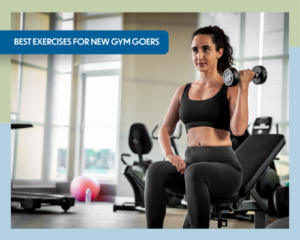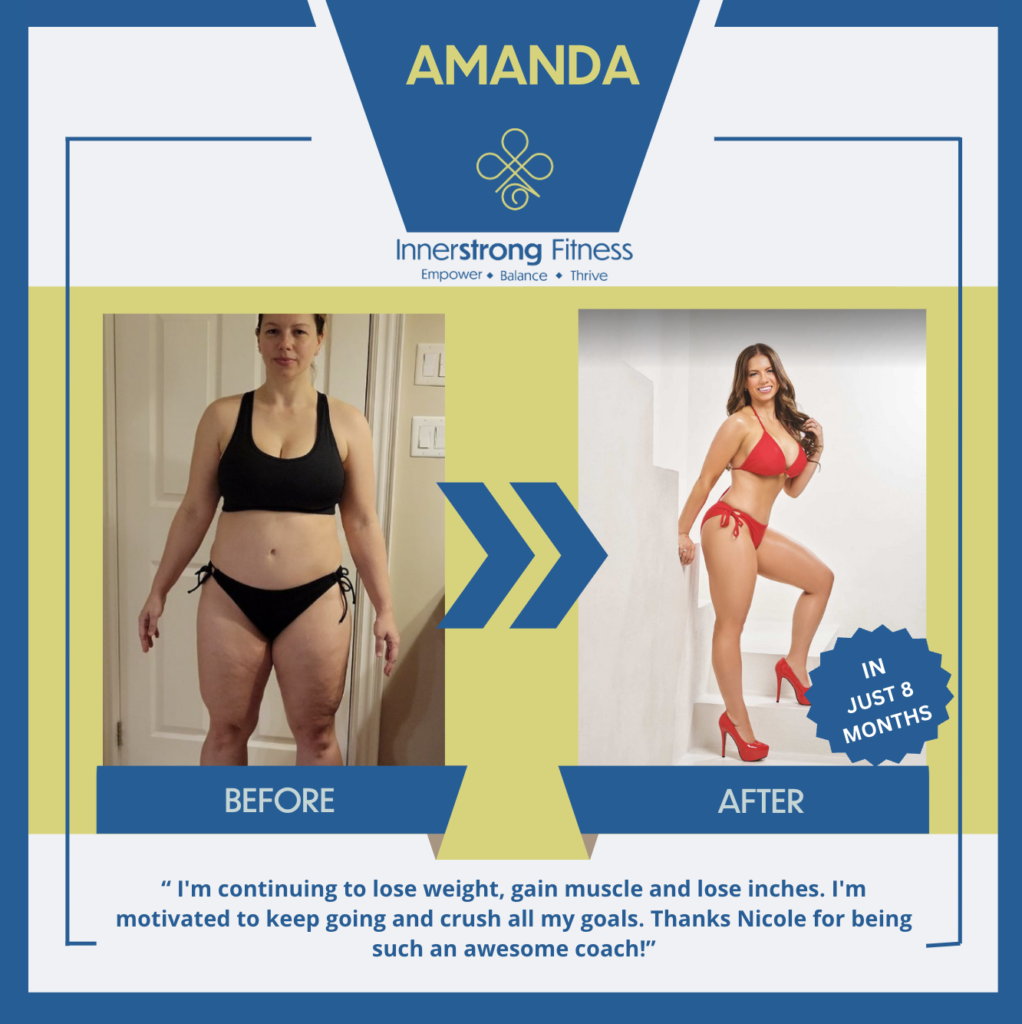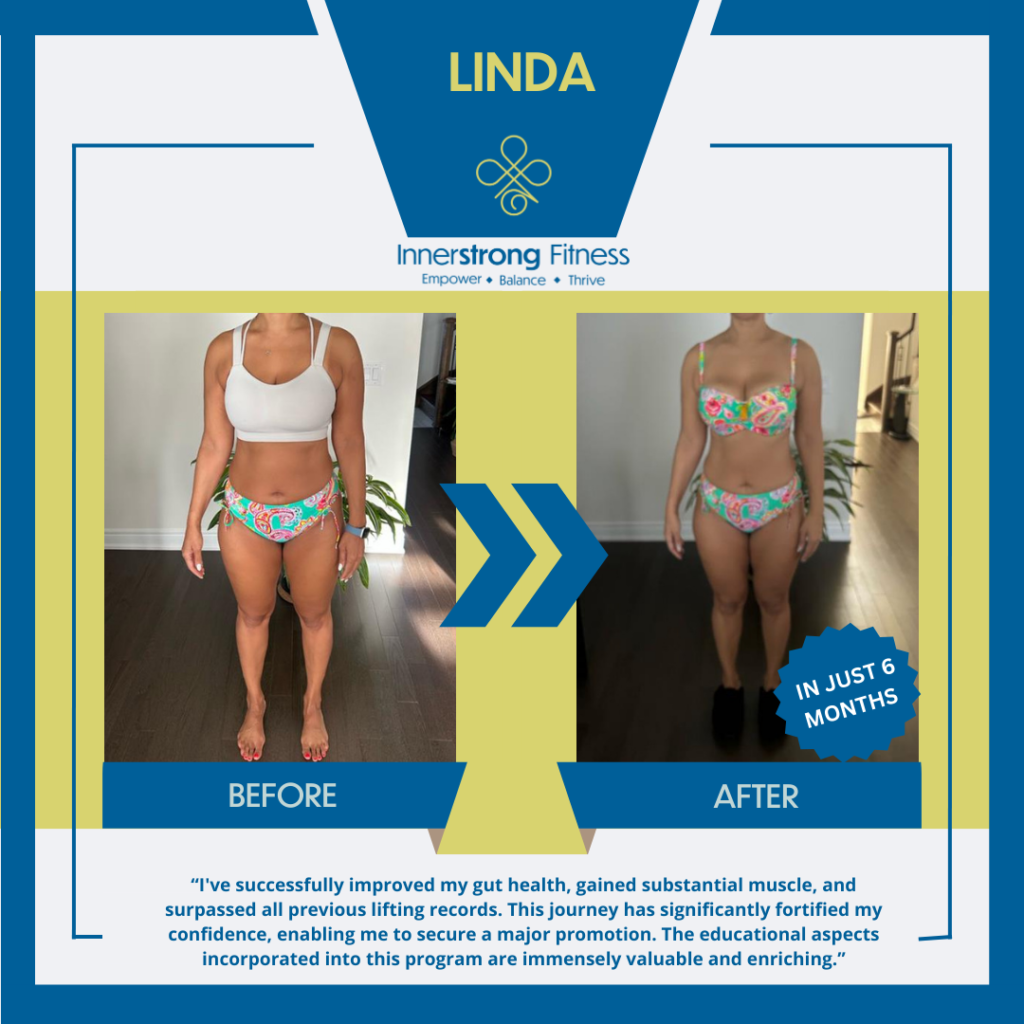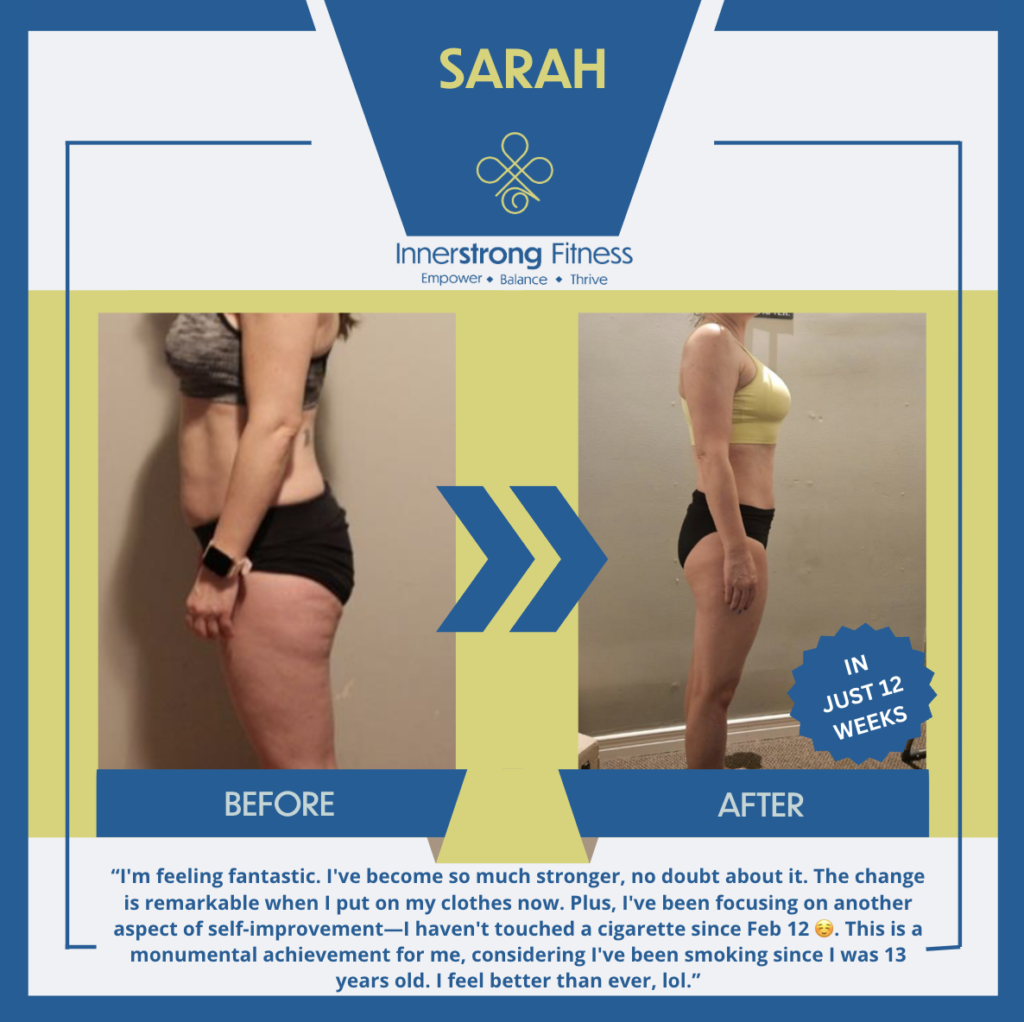How These Two Moves Differ
When it comes to upper-body strength, few exercises are as respected—or as challenging—as the pull-up and chin-up. They both involve hauling your body over a bar, they both build serious muscle, and they both demand grit. But are they the same movement with just a different hand position, or do they target different muscles altogether?
Let’s dive into what makes these two exercises unique, and which one might be best for your goals.
What’s the Difference?
The main difference between pull-ups and chin-ups is the grip:
- Pull-Up: Performed with a pronated grip (palms facing away from you).
- Chin-Up: Performed with a supinated grip (palms facing toward you).
There’s also the neutral grip (palms facing each other), but we’ll save that for another day.
This small shift in hand position changes more than just how the movement feels—it changes which muscles do the heavy lifting and how easy or hard the exercise is.
Muscles Worked
Both exercises are compound pulling movements that primarily target the upper back, arms, and core. But the emphasis is slightly different.
Pull-Ups
- Primary movers: Lats, traps, rhomboids
- Secondary: Rear delts, biceps, forearms, core
- Because of the overhand grip and wider hand position, pull-ups put more tension on the lats and upper back, making them a go-to for building width and that sought-after V-taper.
Chin-Ups
- Primary movers: Lats and biceps
- Secondary: Rhomboids, traps, core
- With the underhand grip, chin-ups allow for more bicep involvement, making the move feel a bit easier for most people. You’ll still work your lats, but your arms help out more.
In short:
- Want more back isolation? Go with pull-ups.
- Want more bicep involvement? Go with chin-ups.
Difficulty Level
Most people find chin-ups easier to perform, especially when starting out. The underhand grip places your shoulders and elbows in a stronger, more natural pulling position. That’s why many beginners can do a chin-up or two long before they manage their first strict pull-up.
Pull-ups, with their overhand grip, are tougher on the grip and don’t get as much help from the biceps. That’s not a bad thing—it just means more back-dominant pulling strength is required.
If your goal is to challenge your upper body in a more back-focused way, or you’re aiming to build lat width, the extra difficulty of pull-ups may actually be what you’re looking for.
Joint Stress and Mobility
Shoulder and elbow health can also influence your choice between the two.
Pull-ups tend to place more stress on the shoulders, especially if you lack mobility or use a very wide grip. If you feel pinching or discomfort in your shoulders during pull-ups, it might be worth narrowing your grip or opting for chin-ups instead.
Chin-ups can sometimes aggravate the elbows, particularly the inner elbow. This is often due to the increased bicep involvement and the angle of pull. If you’re doing high volumes, mix things up to avoid overuse.
Which One Builds More Muscle?
The answer is: both.
Both pull-ups and chin-ups are excellent for hypertrophy when performed with good form and sufficient volume. That said, if you’re looking to prioritize:
- Back width: Lean into pull-ups.
- Biceps and upper-arm development: Chin-ups are your friend.
Many lifters rotate between the two depending on their focus for a training cycle. Some even include both in the same workout.
If hypertrophy is your goal, consider:
- Controlled tempo
- Full range of motion
- Progressive overload (adding reps, sets, or weight over time)
Variations and Progressions
Can’t do a full rep yet? No problem. Here are a few progressions you can use for either variation:
- Assisted pull-ups/chin-ups using resistance bands or a machine
- Negative reps: Jump to the top, then lower slowly
- Isometric holds at the top or mid-point of the rep
- Eccentric overload with added weight (once advanced)
And for those already banging out sets of 10+? Time to add a weighted belt or vest and keep challenging yourself.
Final Thoughts: Which Should You Do?
There’s no clear winner between pull-ups and chin-ups—they’re both powerhouses for upper-body development. The best approach? Do both.
Here’s a simple way to program them:
- Pull Day 1: Start with pull-ups to target your back
- Pull Day 2: Use chin-ups for more bicep involvement
- Mix in other pulling variations like rows for complete development
By using both movements strategically, you’ll build a stronger, more muscular back, improve arm size, and gain serious functional strength.
Not sure which variation is right for your goals? Book your free consultation and get a custom program tailored to your strength journey.











